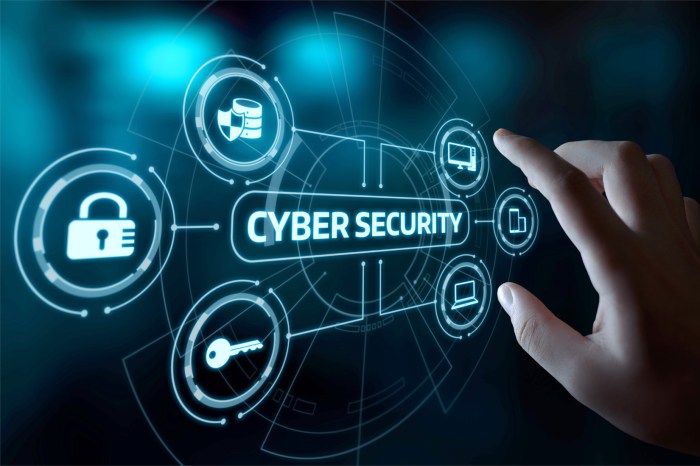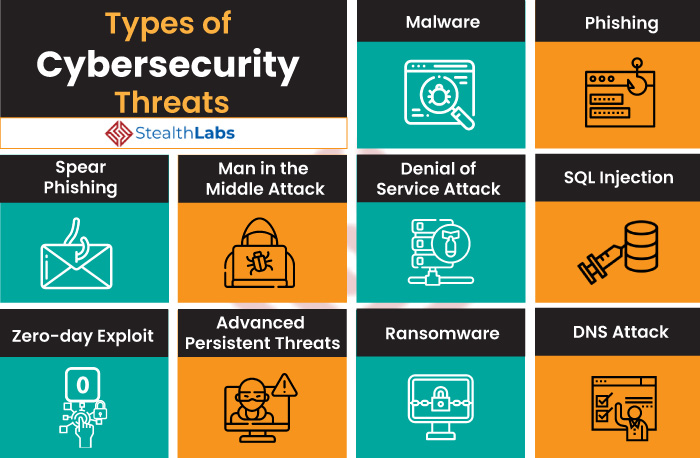Cybersecurity Risks in AI-Powered Energy Systems: A Comprehensive Overview
Cybersecurity risks in AI-powered energy systems pose a growing threat to the energy industry. As AI becomes increasingly integrated into energy systems, it introduces new vulnerabilities that attackers can exploit. This article will explore the potential vulnerabilities in AI-powered energy systems, discuss mitigation strategies, and examine regulatory and policy considerations.
The integration of AI in energy systems offers numerous benefits, including improved efficiency, reliability, and cost savings. However, it also creates new challenges for cybersecurity. AI systems can be complex and interconnected, making them difficult to secure. Additionally, AI algorithms and models can be vulnerable to attack, potentially leading to disruptions in energy supply or even physical damage to infrastructure.
Potential Vulnerabilities in AI-Powered Energy Systems
The integration of AI into energy systems brings about unique vulnerabilities that require careful consideration. These vulnerabilities stem from the complex interplay between AI algorithms, energy infrastructure, and the potential for malicious actors to exploit weaknesses in these systems.
Data Integrity and Manipulation
AI systems rely heavily on data for training and decision-making. Vulnerabilities in data integrity can lead to compromised AI models, resulting in erroneous or biased decision-making. Attackers may manipulate data inputs to influence the behavior of AI systems, potentially leading to disruptions in energy supply or even physical damage to infrastructure.
As AI-powered energy systems become increasingly sophisticated, cybersecurity risks also rise. To mitigate these risks, data analytics and AI play a crucial role in energy management . By analyzing vast amounts of data, AI algorithms can identify anomalies and potential threats, strengthening the cybersecurity posture of AI-powered energy systems and ensuring their reliable and secure operation.
Model Complexity and Interpretability
The complexity of AI models can make it challenging to identify and mitigate vulnerabilities. Attackers may exploit weaknesses in the underlying algorithms or models to bypass security measures or gain unauthorized access to sensitive information. Additionally, the lack of interpretability in some AI models can make it difficult to understand how they make decisions, increasing the risk of undetected vulnerabilities.
Cybersecurity risks in AI-powered energy systems pose significant challenges to the industry. These systems rely on advanced algorithms and data analytics, which can be vulnerable to cyberattacks. To address this, energy providers are exploring the use of Machine learning for energy demand forecasting , which can enhance system resilience and improve cybersecurity measures.
However, it is crucial to ensure that these technologies are implemented with robust cybersecurity protocols to mitigate potential risks.
Physical Infrastructure Vulnerabilities
AI-powered energy systems often involve physical infrastructure, such as smart meters, sensors, and control systems. Vulnerabilities in these physical components can provide entry points for attackers to gain access to the AI system or manipulate its operations. Cyber-physical attacks that target both the AI system and physical infrastructure can have severe consequences, disrupting energy supply or causing damage to critical infrastructure.
Examples of Cyberattacks, Cybersecurity risks in AI-powered energy systems
Several successful cyberattacks on AI-powered energy systems have highlighted the potential vulnerabilities. In 2021, a ransomware attack on a US oil and gas pipeline operator disrupted operations for several days, causing significant economic losses. Another attack in 2022 targeted a smart grid system, manipulating data to cause power outages and disrupt critical services.
Mitigation Strategies for Cybersecurity Risks

Securing AI-powered energy systems demands proactive measures to safeguard against potential vulnerabilities. This involves adhering to best practices and industry standards, employing robust security technologies, and embracing emerging solutions to strengthen cybersecurity resilience.
Encryption, Authentication, and Access Control
Encryption plays a pivotal role in protecting data at rest and in transit, ensuring its confidentiality and integrity. Authentication mechanisms verify the identity of users and devices accessing the system, while access control restricts unauthorized access to sensitive information and resources.
Emerging Technologies and Solutions
Advanced technologies like blockchain, artificial intelligence (AI), and machine learning (ML) offer innovative solutions for enhancing cybersecurity. Blockchain provides a decentralized and immutable ledger for secure data storage and transaction management. AI and ML algorithms can detect and respond to anomalies and threats in real-time, strengthening the system’s ability to prevent and mitigate attacks.
Regulatory and Policy Considerations

The energy sector, including AI-powered energy systems, is subject to various existing regulations and policies related to cybersecurity. These regulations aim to protect critical infrastructure, ensure the reliability and security of energy supply, and safeguard consumer data.
Cybersecurity risks are a major concern in AI-powered energy systems. Challenges of AI implementation in energy also include data privacy, regulatory compliance, and ethical considerations. As AI becomes more prevalent in the energy sector, it is essential to address these challenges to ensure the secure and reliable operation of AI-powered energy systems.
However, the unique characteristics and potential vulnerabilities of AI-powered energy systems necessitate specific regulations and policies to address cybersecurity risks effectively. These policies should consider the integration of AI into energy systems, the potential for increased cyberattacks, and the need for robust cybersecurity measures.
Challenges in Developing Regulatory Frameworks
Developing effective regulatory frameworks for AI cybersecurity in energy poses several challenges:
- Rapid Technological Advancements: AI technology is rapidly evolving, making it difficult for regulations to keep pace and address emerging threats.
- Complexity of AI Systems: AI-powered energy systems are complex and interconnected, making it challenging to identify and mitigate all potential vulnerabilities.
- Lack of Standards: The lack of standardized cybersecurity practices and protocols for AI-powered energy systems hinders the development of comprehensive regulations.
Opportunities for Effective Regulation
Despite the challenges, there are also opportunities for developing effective regulatory frameworks:
- Collaboration and Partnerships: Collaboration between governments, industry stakeholders, and cybersecurity experts can facilitate the development of informed and effective regulations.
- Risk-Based Approach: A risk-based approach to regulation can help prioritize cybersecurity measures based on the potential impact of threats and vulnerabilities.
- Continuous Monitoring and Evaluation: Ongoing monitoring and evaluation of cybersecurity risks and regulations allow for timely adjustments and improvements.
Collaboration and Information Sharing: Cybersecurity Risks In AI-powered Energy Systems
Collaboration and information sharing among stakeholders in the energy sector are crucial for addressing cybersecurity risks in AI-powered energy systems. Industry organizations, government agencies, and research institutions play vital roles in sharing knowledge, best practices, and threat intelligence.
Central Repository for Cybersecurity Incidents and Threat Intelligence
Establishing a central repository for cybersecurity incidents and threat intelligence enables the sharing of information on vulnerabilities, attacks, and mitigation strategies. This centralized platform facilitates real-time collaboration, improves situational awareness, and enables stakeholders to respond to threats effectively.
Training and Education for Cybersecurity Professionals

Cybersecurity professionals play a critical role in safeguarding AI-powered energy systems from cyber threats. To effectively address these risks, they require specialized skills and knowledge.
Specialized training programs and certifications are essential to equip cybersecurity professionals with the necessary competencies. These programs should cover topics such as AI fundamentals, cybersecurity principles, threat intelligence, and incident response.
Continuous Education and Professional Development
Cybersecurity risks are constantly evolving, necessitating continuous education and professional development for cybersecurity professionals. They must stay abreast of the latest threats, technologies, and best practices.
- Attending conferences and workshops
- Participating in online courses and certifications
- Reading industry publications and research papers
By investing in training and education, organizations can empower cybersecurity professionals to effectively protect AI-powered energy systems from cyber threats.
Concluding Remarks
Addressing cybersecurity risks in AI-powered energy systems requires a multi-faceted approach. It involves implementing best practices for securing AI systems, developing specific regulations and policies, and fostering collaboration and information sharing among stakeholders. By taking these steps, we can mitigate the risks and ensure the safe and reliable operation of AI-powered energy systems.





